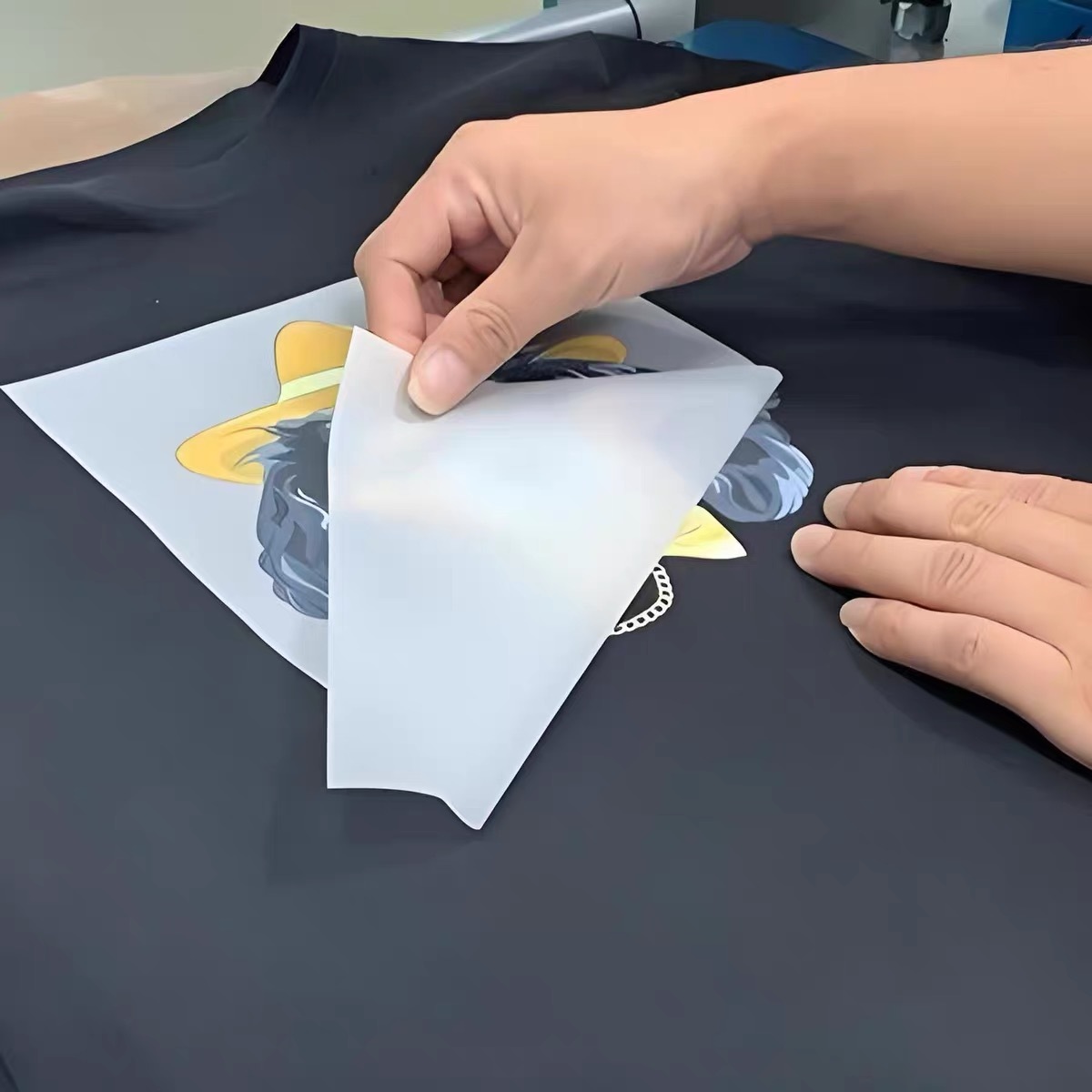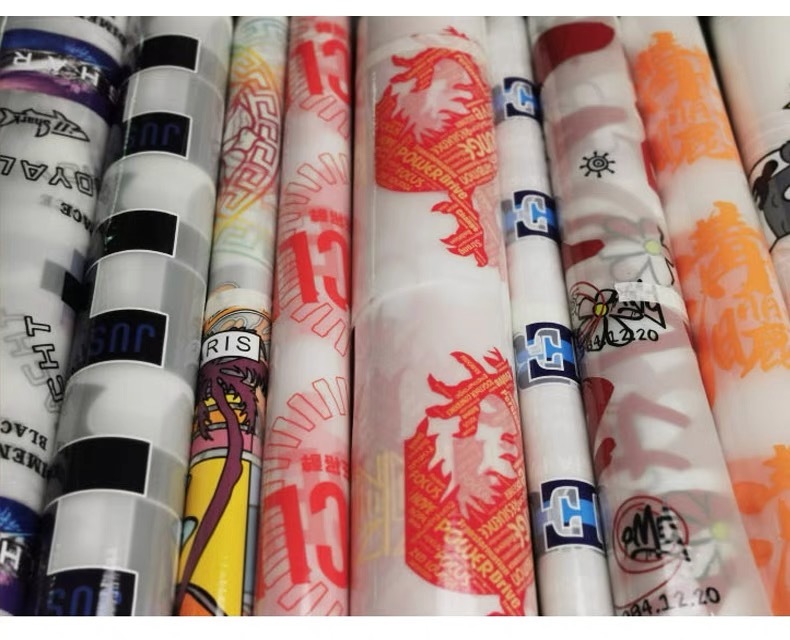The underlying causes of DTF transfer failure: 4 reasons you need to know about
Release time:
2025-07-09
DTF transfer printing technology has swept through the printing industry. It has a wide range of applications and an extremely long lifespan, surpassing any other printing method. Even when dealing with extremely complex designs, it can remain vivid. No wonder it is favored by enterprises, part-time workers and hobbyists.
DTF transfer printing is simple and easy to use. Even beginners who have never made custom clothing or promotional products can easily get started. The straightforward operation method means that anyone can pick it up easily, and it can be handled effortlessly even at home using a household iron!
Although this printing method has amazing quality and advantages, our customer service team occasionally encounters some issues that require our assistance in handling DTF transfer. One of the problems is "Why can't my DTF transfer stick properly?"
If you encounter this unexpected problem during the transfer process, don't worry anymore! We will help you solve it. Keep reading to understand the reasons why your DTF transfer failed and the measures you can take.
1、Lack of pressure
Insufficient pressure can lead to more bubbles forming between the image and the substrate. These bubbles can distort the image and reduce the overall quality of the transfer. When dealing with fine or complex patterns, pressure is particularly important. Without pressure, accurately transferring fine details may be more difficult. But this requires a balance - too much pressure can cause over-transfer, resulting in the image spreading or distorting excessively. Insufficient pressure can reduce this risk.
2、Insufficient heat
If there is insufficient heat, the transfer film may not be able to be properly adhered, eventually resulting in warping or peeling. Insufficient heat may fail to effectively activate the ink pigments in the film, leading to fading or discoloration of the final printed product. This also reduces the durability of the transfer film, meaning they may not be able to withstand washing and wearing, thus causing premature damage. Uneven heating can also cause certain parts of the pattern to adhere better than others, resulting in an uneven or speckled appearance on the clothing.
3、Too much heat
When using DTF transfer film, a delicate balance needs to be struck between insufficient heating and overheating. If the temperature is too high, the clothes may get burned. In some cases, if applied improperly, the adhesive may melt or catch fire.
4、Insufficient powder
When pressing the DTF transfer film, it is essential to use the powder that can adhere to the printed ink on the film. Afterwards, the powder needs to be placed in a drying oven or similar equipment for curing, making it hard so that the image can adhere to the fabric during printing. One common reason why DTF transfer films cannot adhere to clothing is that the amount of powder used is insufficient to cover the wet ink, or the powder is not applied in time, resulting in the ink having time to dry only after the film printing is completed.
This significantly affects the patterns on the clothing. Therefore, applying the powder evenly and in large quantities is crucial for improving the printing quality.
Conclusion
Finding the perfect balance among pressure, temperature, peeling and powdering is crucial for ensuring that the DTF transfer patterns can firmly adhere to the clothes. The heat transfer instructions for the patterns depend on the fabric you are using for the transfer and the type of machine you are using (thermoplastic press, handheld heat transfer machine or household iron).
Keyword:
RECENT POSTS




